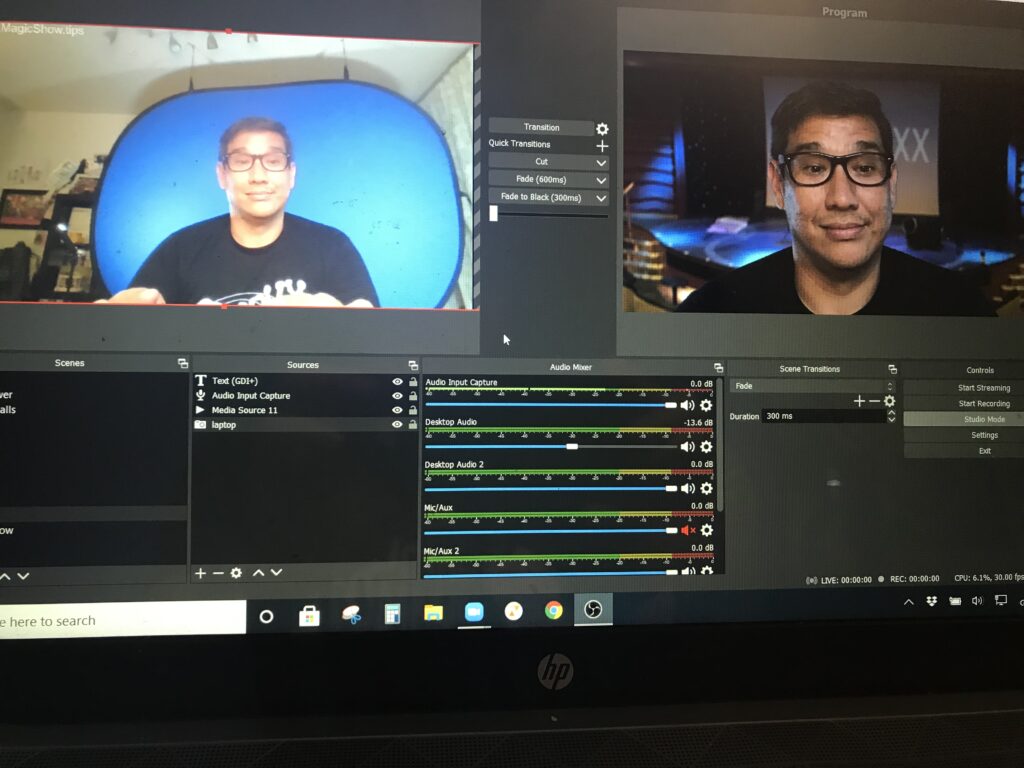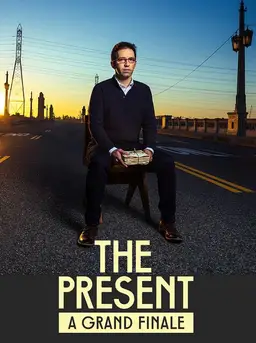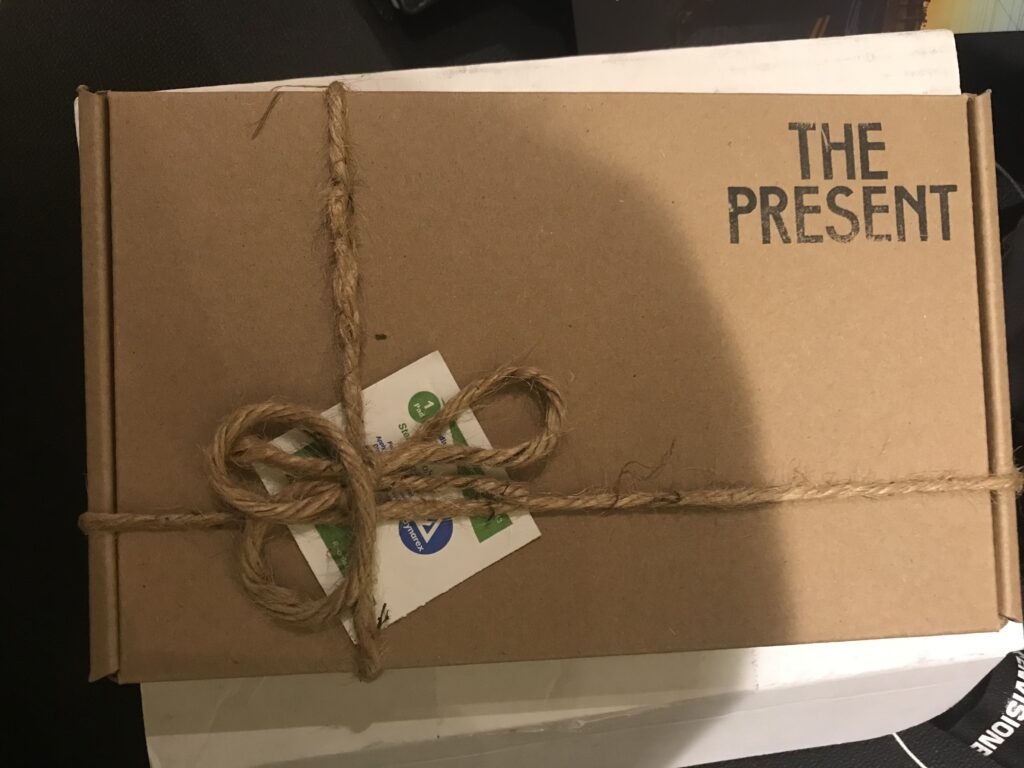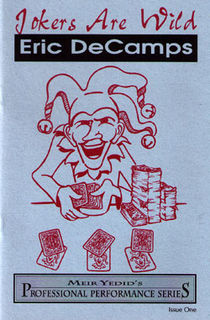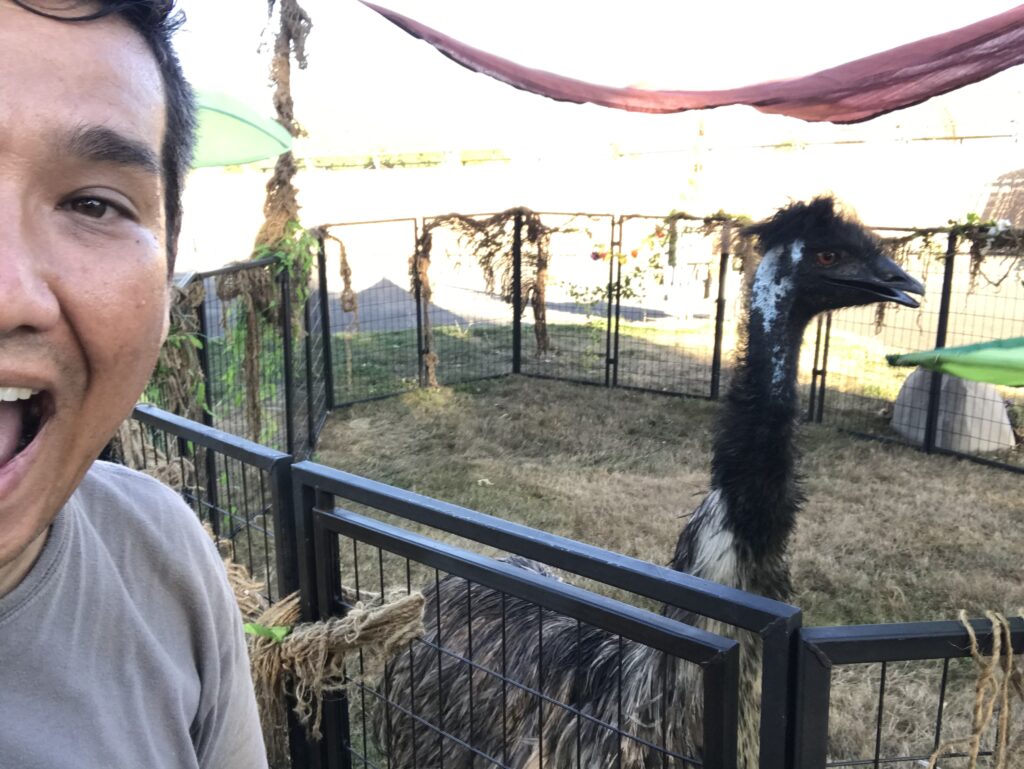Lately a trick that’s been going around is people doing The Love Ritual card trick by Woody Aragon. If you’re not familiar with the trick you can watch it below:
This trick has been popularized by Penn & Teller who use it in their live shows and on TV. I’ve also seen a lot of performers mess up the trick. I was at one of Shin Lim’s early theater shows and he totally messed up trick.
Here’s what I don’t like about the trick, it’s a procedural trick, it doesn’t feel that random. I think people in the audience feel that way as well. It’s a puzzle, and a fun puzzle, but not something that’s impossible.
A couple of nights ago I saw The Present by Helder Guimaraes and he does a version of the trick, that blows all the other versions out of the water! It’s series of surprises that get more and more impossible. That’s the standard that all of that sort of trick should be measured.

